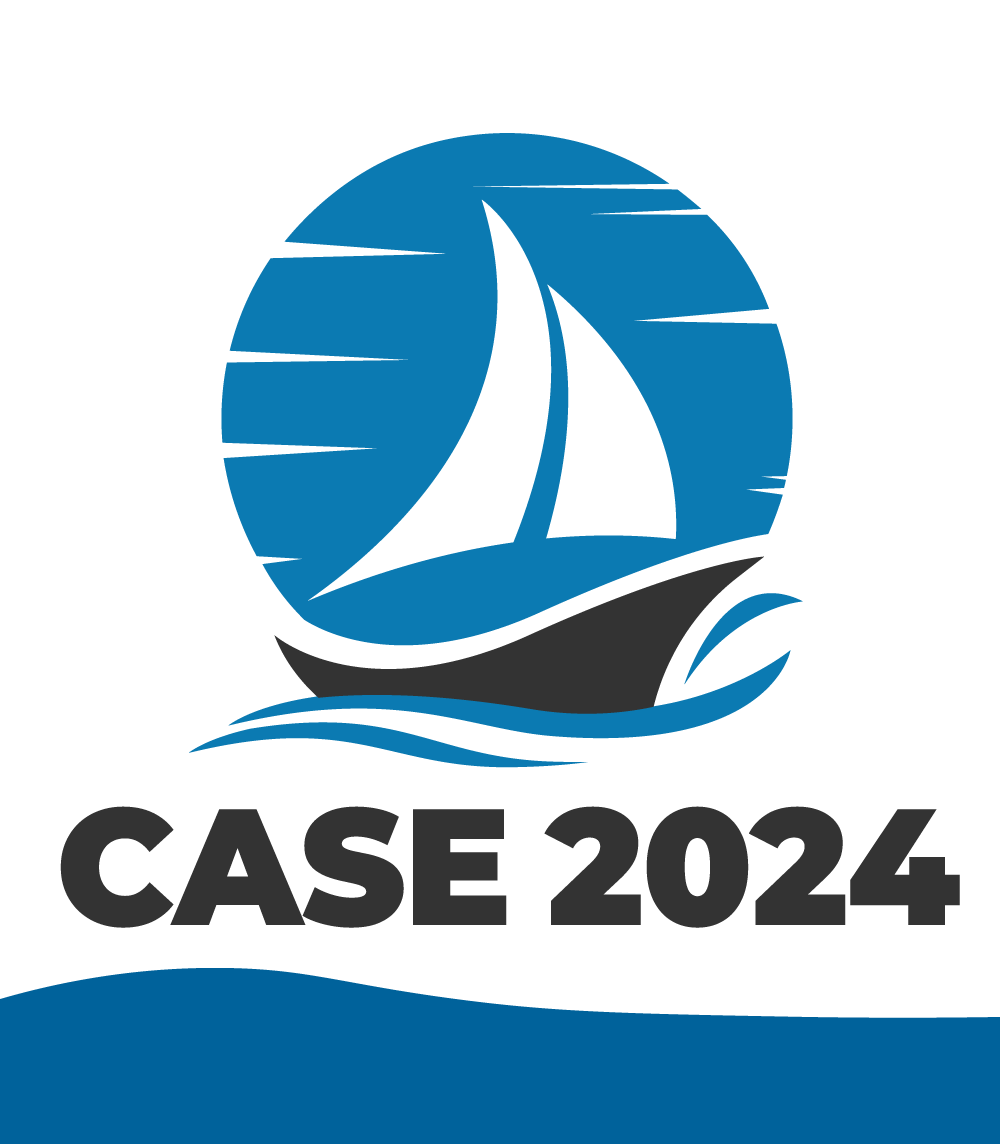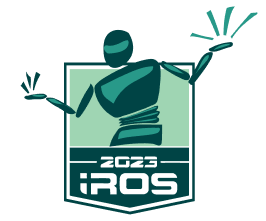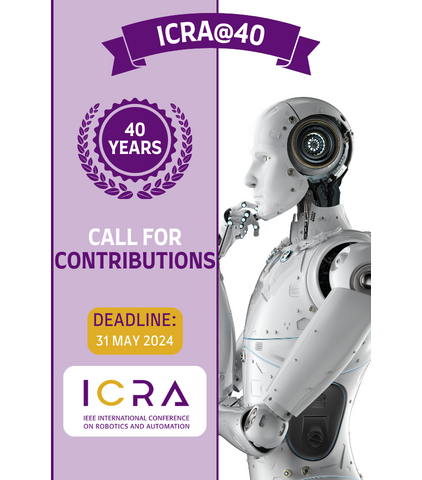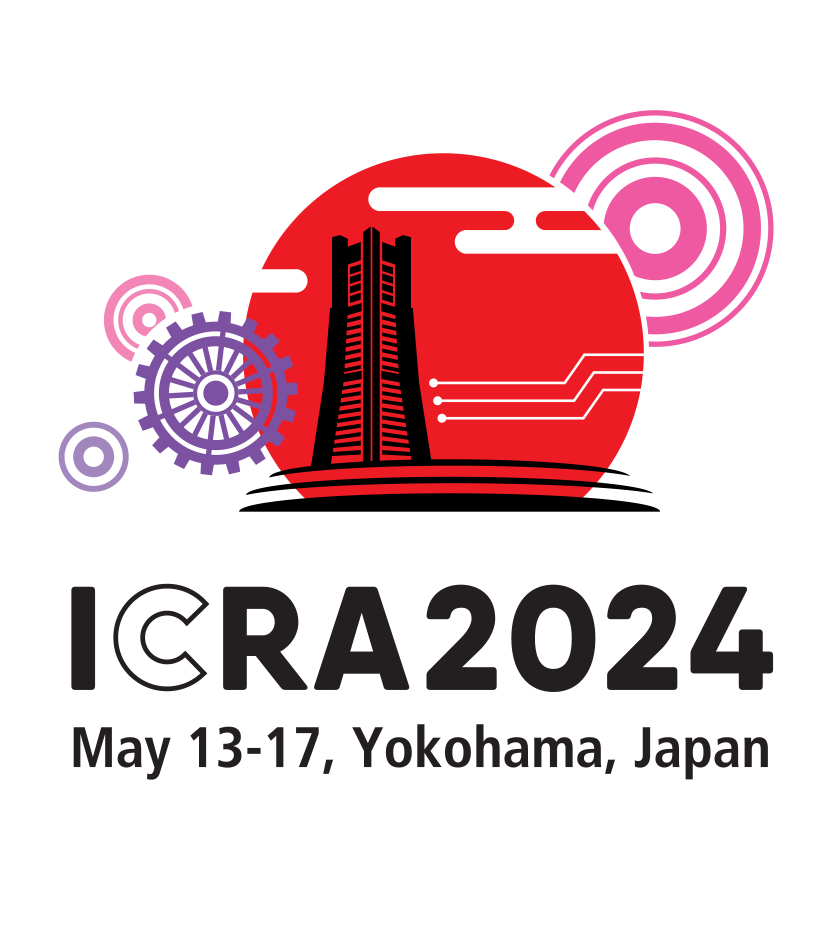IEEE Robotics and Automation Letters
RA-L JCR Impact Factor: 5.2 in 2022 (4.3 in 2021, 3.7 in 2020 and 3.6 in 2019)
To submit your paper, go to the RA-L PaperCept site ras.papercept.net/journals/ral
Authors of an IEEE Robotics and Automation Letters (RA-L) paper, other than survey papers, are given the opportunity to present their paper at one of the upcoming conferences of the IEEE Robotics and Automation Society (RAS). A paper is eligible to be presented at one of the following conferences provided the paper is transferred during the associated time window, which closes at least a month before the Steering Committee meeting of the conference. Reminder: there are no conference-specific submission deadlines for RA-L papers.
The paper must be transferred within 270 days of acceptance. Authors of accepted papers will receive an email from PaperCept regarding the transfer of their paper to a conference at which they wish to present their paper. Authors will not receive any further reminders to transfer their accepted papers. However, the invitation to present at a conference is in the author's workspace in PaperCept after acceptance of the paper. Eligible papers may only be presented at one conference. Authors may not request any acceleration or delay of the review process based on these time windows.
Upcoming conference
-
ICRA@40: September 1, 2023, and May 31, 2024
-
ICRA 2025: March 1, 2024, and November 30, 2024
-
IROS 2024: August 1, 2023, and April 30, 2024
-
CASE 2024: August 1, 2023, and April 30, 2024
-
Humanoids 2024:December 1, 2023, and August 31, 2024
-
ROMAN 2024: September 1, 2023, and May 31, 2024
-
RoboSoft 2024: March 1, 2023, and January 15, 2024
If you have any questions, please reach out to EiC.RA.Letters@ieee.org.
IEEE Robotics and Automation Letters (RA-L) was launched on June 1st, 2015, by the IEEE Robotics & Automation Society (RAS). You will find the RA-Letters page on IEEE Xplore through this link.
Scope
The scope of this journal is to publish peer-reviewed articles that provide a timely and concise account of innovative research ideas and application results, reporting significant theoretical findings and application case studies in areas of robotics and automation.
Goals
The primary goal of RA-L is to better serve the RAS membership and the robotics and automation community at large, which has strongly increased in number and productivity, by providing more capacity for high-quality, fully reviewed journal papers. Additional goals of RA-L are to provide a publication process that is complementary to the existing evolutionary process from RAS conferences into journal papers and to improve the efficiency of the peer-review process.
- RA-L publishes papers reporting on innovative ideas and unpublished results that need to be rapidly published. To this purpose, RA-L provides a final decision on any manuscript within 6 months from submission (average sub-to-epub time is around 4 months)
- Papers are six pages long, with at most two extra pages allowed at a charge, and allows open access for those authors who require it.
- The review cycle follows the highest standards of IEEE periodicals.
- Each paper is assigned to a Senior Editor, hence to an Associate Editor and at least two independent reviewers.
- The review process may also include a fast revise-and-resubmit process, upon which the Letters Editorial Board (LEB) makes a final decision.
- Accepted papers are electronically archived on IEEE Xplore, and are made available for early access by readers only few days after submission of the final version, while an edited and XML-tagged version for searching and indexing is made available soon after.
- RA-L is an electronic-only journal.
- For more details, please see the Presentation from the 2015 RAS Town Hall
RA-Letters and Conference Presentations: Flagship Conferences (ICRA, CASE, and IROS) and Additional Conferences
A unique feature of RA-L is the opportunity for authors to publish a paper in a peer-reviewed journal and present the same paper at the annual flagship conferences of RAS, including the IEEE International Conference on Robotics and Automation (ICRA), the IEEE Conference on Automation Science and Engineering (CASE), and the IEEE/RSJ International Conference on Intelligent Robots and Systems (IROS). Additional conferences (e.g. RoboSoft and Humanoids) are considered for RA-L with conference option on an annual basis. While submission to RA-L is open throughout the year, there are specific time windows during which authors have an option for their submission to be also considered for presentation at the selected conferences.
Where to submit your paper?
In conclusion, one may wonder: Where should I submit my work in the new RAS panorama? Here are a few tips.
If you are interested in a journal publication, then you should consider:
• Robotics and Automation Letters (RA-L) for rapid, concise reports
• Transactions on Robotics (T-RO) and Transactions on Automation Science and Engineering (T-ASE) for more mature and in-depth treatments
• Robotics and Automation Magazine (RA-M) for more accessible, wider diffusion papers.
If you are interested in presenting your work at one of the selected conferences, then you should consider RA-L if you have a stable manuscript and you want it to have a chance to appear quickly in an IEEE journal. You should instead submit to the Conference directly if your manuscript is finalized just at the Conference deadline, or if you plan to evolve the contents of that work later on into a full-blown submission to other prestigious RAS Journals, such as T-RO, T-ASE, and RA-M.







